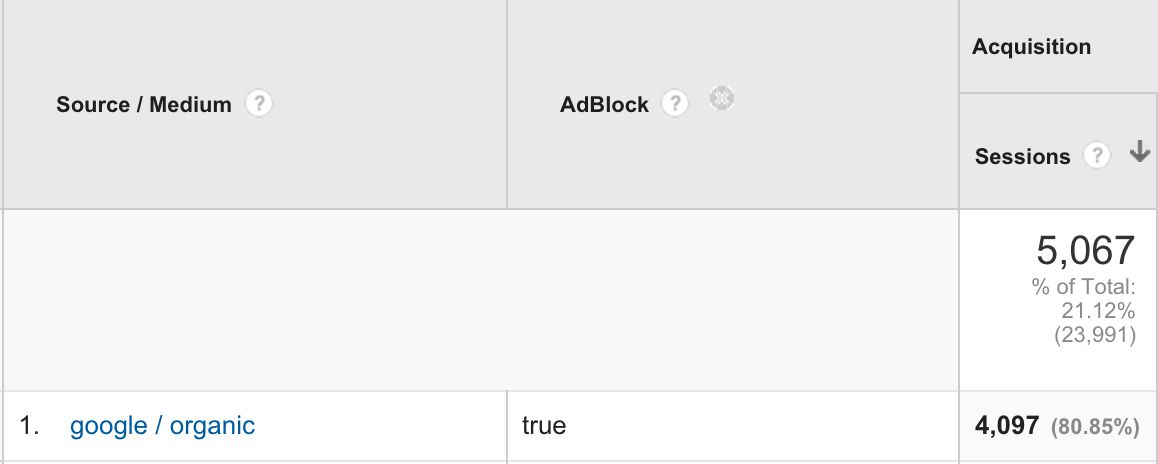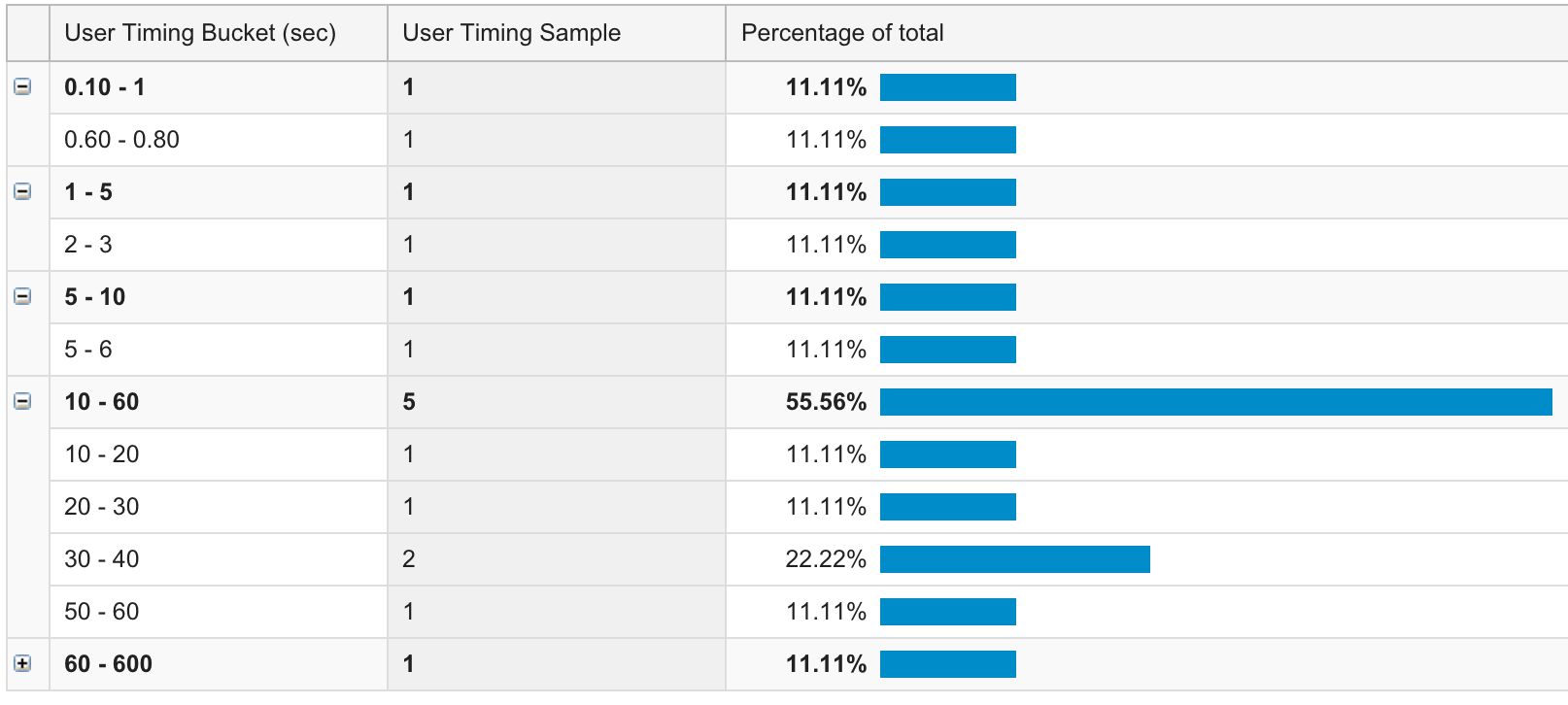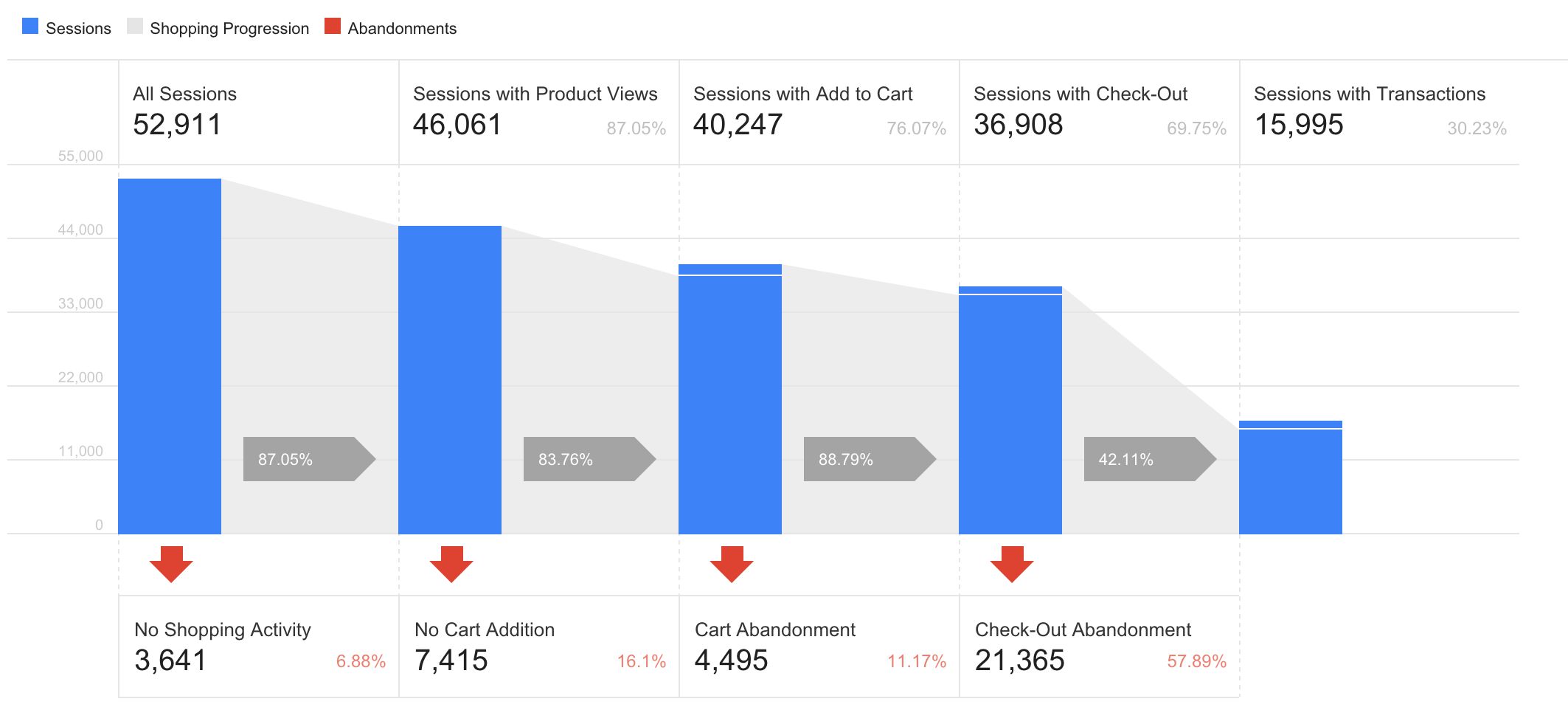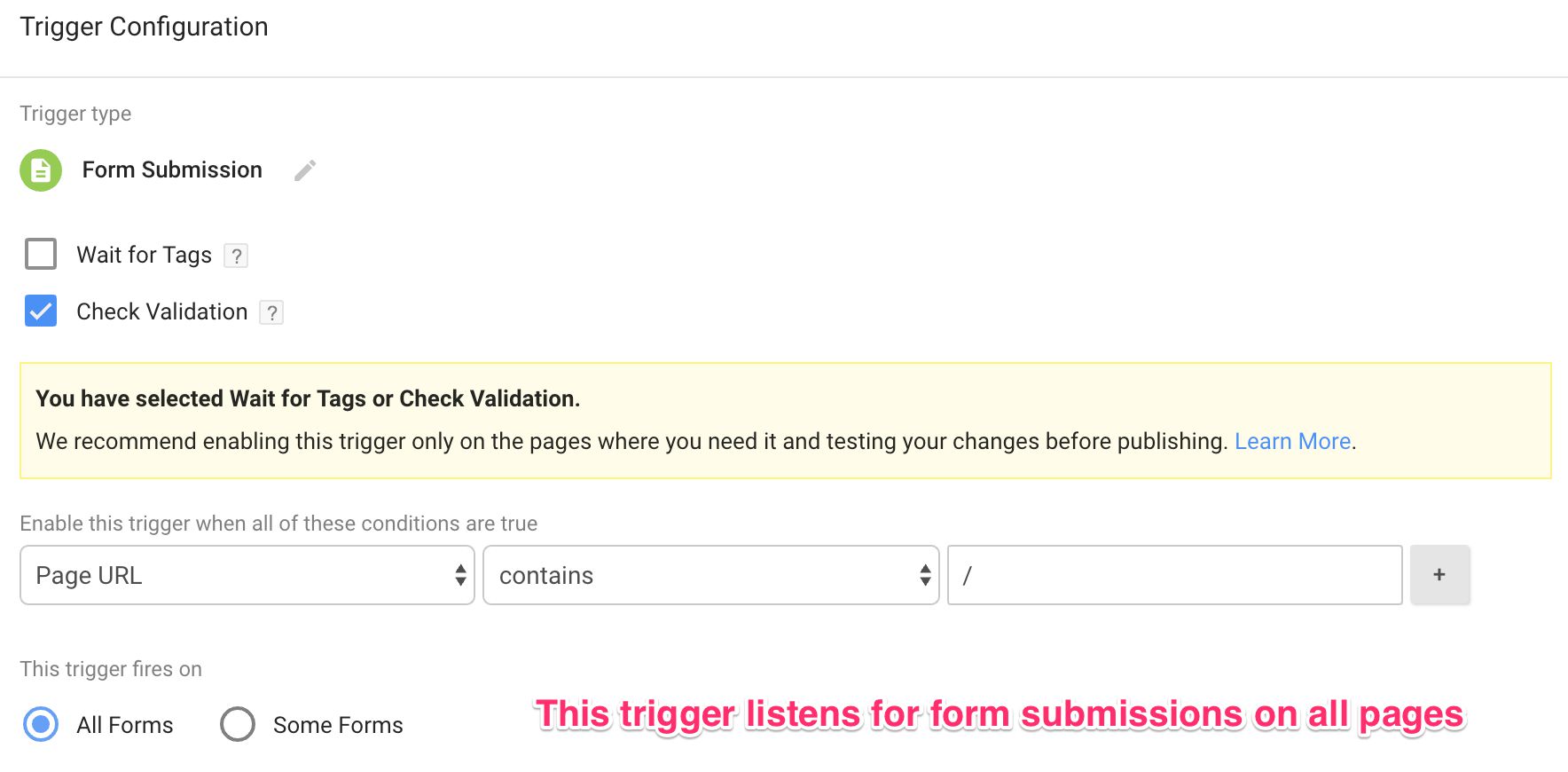NOTE! This solution has been upgraded, and the new approach can be found here.
If you’re unfamiliar with the lingo, cross-domain tracking is a hack used by Google Analytics to circumvent the web browser’s same-origin policy. Essentially, the policy dictates that browser cookies can only be shared with a parent domain and all its sub-domains. In other words, domainA.com and domainB.com do not share cookies.
Since Google Analytics calculates sessions and users by using a cookie, this is problematic.
I’ve been meaning to write about Google Tag Manager for mobile apps for such a long time. Finally, I have some great use cases to share, as well as some useful examples for implementing GTM for iOS. That’s right, this is an iOS guide, and, to be more specific, geared towards a successful Swift implementation.
If you didn’t know, Swift is a relatively new programming language, developed by Apple for iOS and OS X programming.

So, looks like iOS 9 has built-in support for integrating “content blocking” extensions on your iPhone. Now, blocking ads and other intrusive content is nothing new, nor do I want to get into a debate about whether it’s a good thing or not. But as a data geek I’m very interested in knowing just what share of my site tracking has some content blocker enabled. In this post, I’ll show two tricks (easy and advanced) to expose these content blockers.

Here’s an interesting and hacky use case for you. It’s all about uncovering bounce metrics for visits which originate from organic Google search results. In particular, the metric we’re interested in is how long user dwelled on the landing page after arriving from organic Google search AND returned to the search engine results page (SERP) using the browser’s back button.
The inspiration for this post came from an audience question at the Best Internet Conference in Lithuania, which I recently attended as a speaker.

Enhanced Ecommerce is undoubtedly an excellent feature of Google Analytics. It provides us with a set of reports that truly extend the capabilities of funnel-based website analysis. As I’ve shown before, it’s also very useful for tracking other transactional events on your site, such as content engagement.
However, here’s the thing. It’s not very easy to implement. Even if you get everything right according to the documentation, there are still quite a number of pitfalls, and many of the learnings emerge only through experience.

(Updated 13 August 2017)
A little over a year ago, in April 2014, I wrote the post “Advanced Form Tracking In Google Tag Manager”, and it’s been at the top of my best seller list ever since. Turns out that many people are rightfully passionate about making the web forms on their websites as fluid and intuitive as possible, since a web form is often the only thing that stands between a prospect and their transformation into clienthood.

A recent update to Google Tag Manager introduced a feature which has been on the wishlist of many users for a long time. It’s called Tag sequencing, and its purpose is to facilitate the sequential firing of Tags. The idea is that you can specify a setup and a cleanup for each Tag in your container.
This article is intended to function as a quick tour of the feature.

